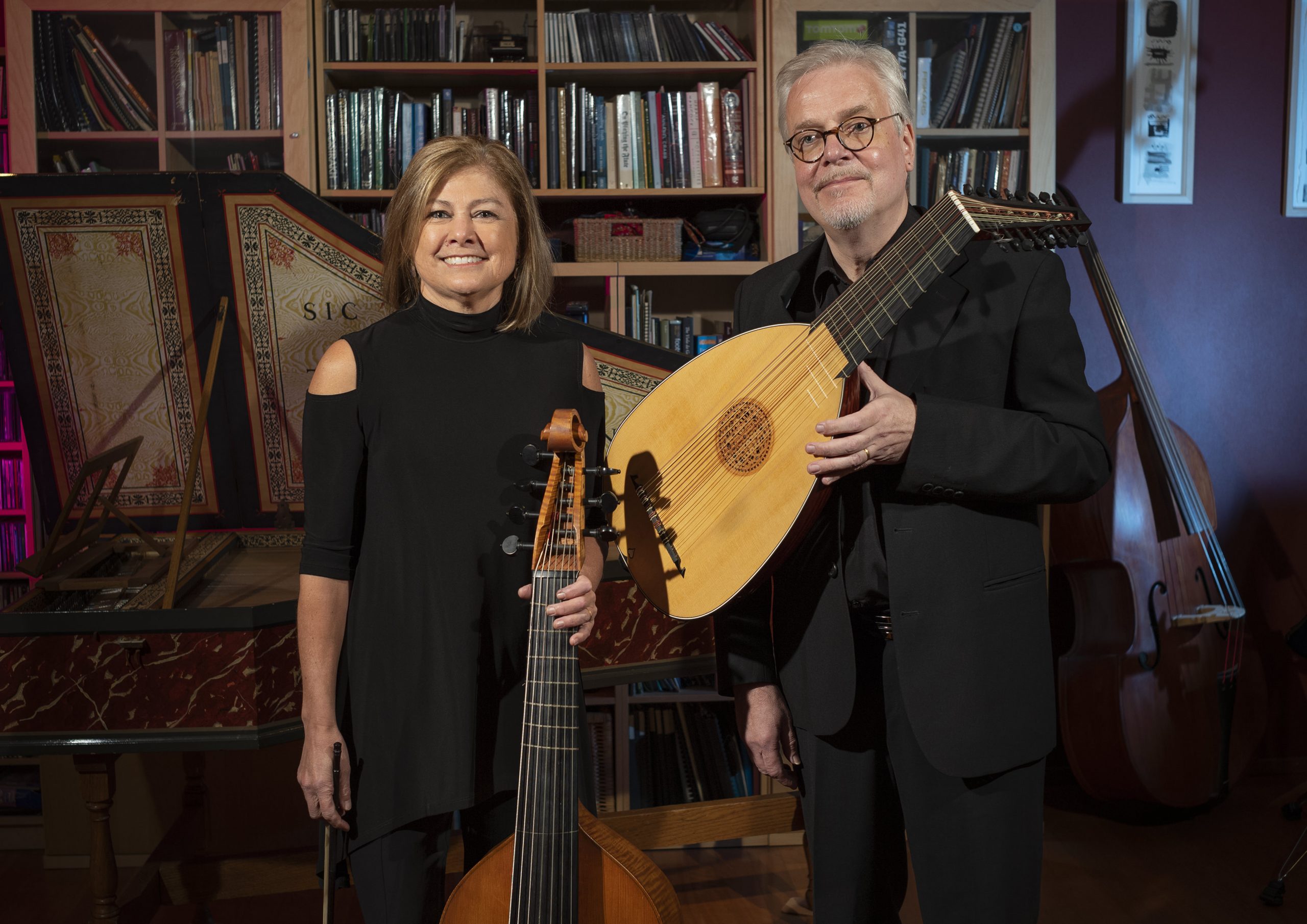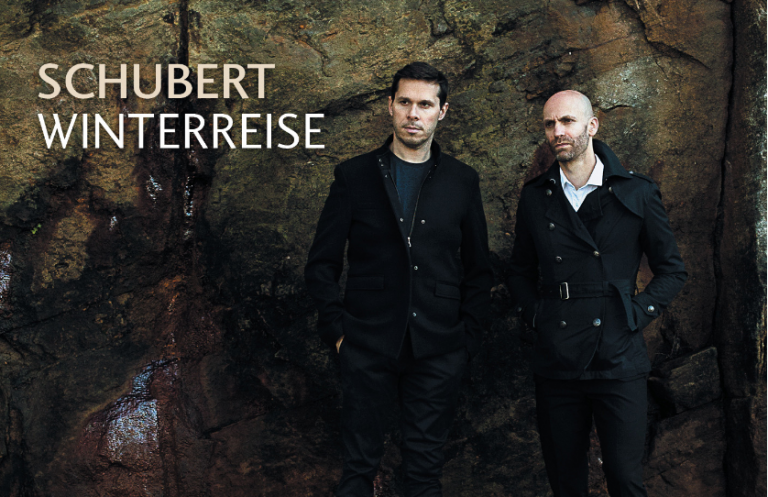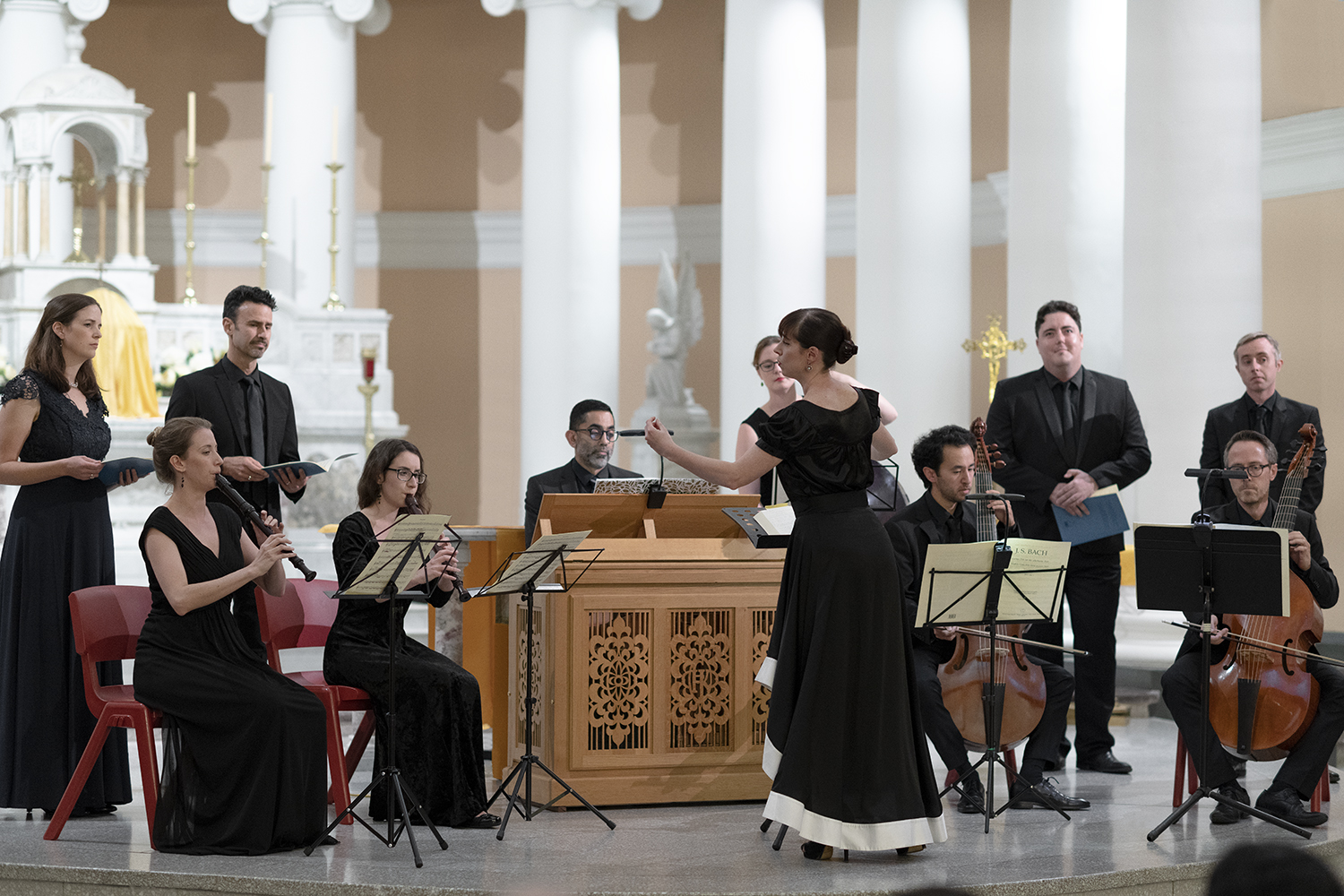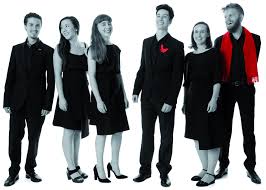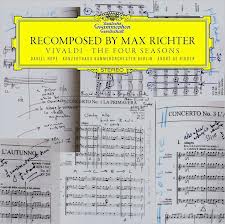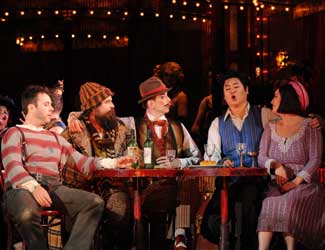Album Review: Two/ The Marais Project
Two/ The Marais Project
Move Records
Simply titled Two, this new release from The Marais Project is the result of the lost opportunity to perform live in 2020. Yet, it is something of a silver lining in the form of a more enduring studio recording which can also be more widely heard and disseminated.
Eight works, comprising 23 tracks add to 40 mts of music on the Move label. The ensemble’s founder and director, Jenny Eriksson plays viola da gamba with Tommie Andersson performing on an array of plucked, early instruments (gallichon, theorbo and baroque guitar) and violinist-singer Susie Bishop.
This collection of short pieces by composers from the mid-17th to the late- 18th century includes both original works and arrangements, with one composition from 20th century Australian composer Paul Cutlan (b 1964).
Tommie Andersson has arranged two pieces by the great masters Handel and Mozart for the rarely heard gallichon, a type of bass lute which appeared in the early 18th century. Handel’s miniature four-movement Sonata for a Musical Clock is a charming piece. Study-like, it opens with a brief Allegro, a metronomic Air and a graceful Minuet, closing with a light-hearted jig. It does well to popularise Handel’s ample repertoire for musical clocks, composed at the behest of horologist Charles Clay – now there lies a rabbit hole for another time. Mozart’s Adagio KV 356 was written for the glass harmonica and is today more commonly played on the organ. To hear it on the gallichon, which is plucked, is to hear it afresh on an instrument with less sustaining power and therefore more open to ornamentation.
Tommie Andersson also introduces the music of Jan Antonín Losy (c 1650) Count of Losinthal, with his short suite of three Pieces for guitar. A nobleman, lutenist and composer from Prague, he was considered the most significant lutenist-composer in Bohemia when the lute was at its most popular.
Jenny Eriksson brings us the Suite in D minor for viola da gamba by Jacques Lambert du Buisson (1655). Its opening prelude is followed by three dance movements and then the two movement Sonata in G Major for viola da gamba by Carl Friedrich Abel.
Eriksson reprises Paul Cutlan’s Sarabande, arranged for solo viola da gamba, originally from Spinning Forth, a suite for viola da gamba and harpsichord. Its harmonies are distinctly of modern times. However, the stylistic references to the older dance form are evident.
The highlight of Two is surely the Suite in A major, selections from Book II and IV for viola da gamba and continuo by the master of the gamba, Marin Marais, comprising 7 movements, most of them in dance form. Finally, ‘two’ become three as Susie Bishop joins in an exquisite rendition of a plaintive, anonymously written love song, published 1703, J’avois crû uq’en vous ayment.
The contrasting order of the pieces is engaging, alternating the short, bright, punctuated sounds of the plucked instruments with the deep, sonorous bowed tones of the viola da gamba. Simple ornamentation of the era provides interest while double stops weave occasional harmonic textures.
Two introduces us to engaging repertoire by important composers of a different time and place. The clever sonic and stylistic pairing of two instruments which are equals yet opposites is a treat.
Shamistha de Soysa for SoundsLikeSydney©

